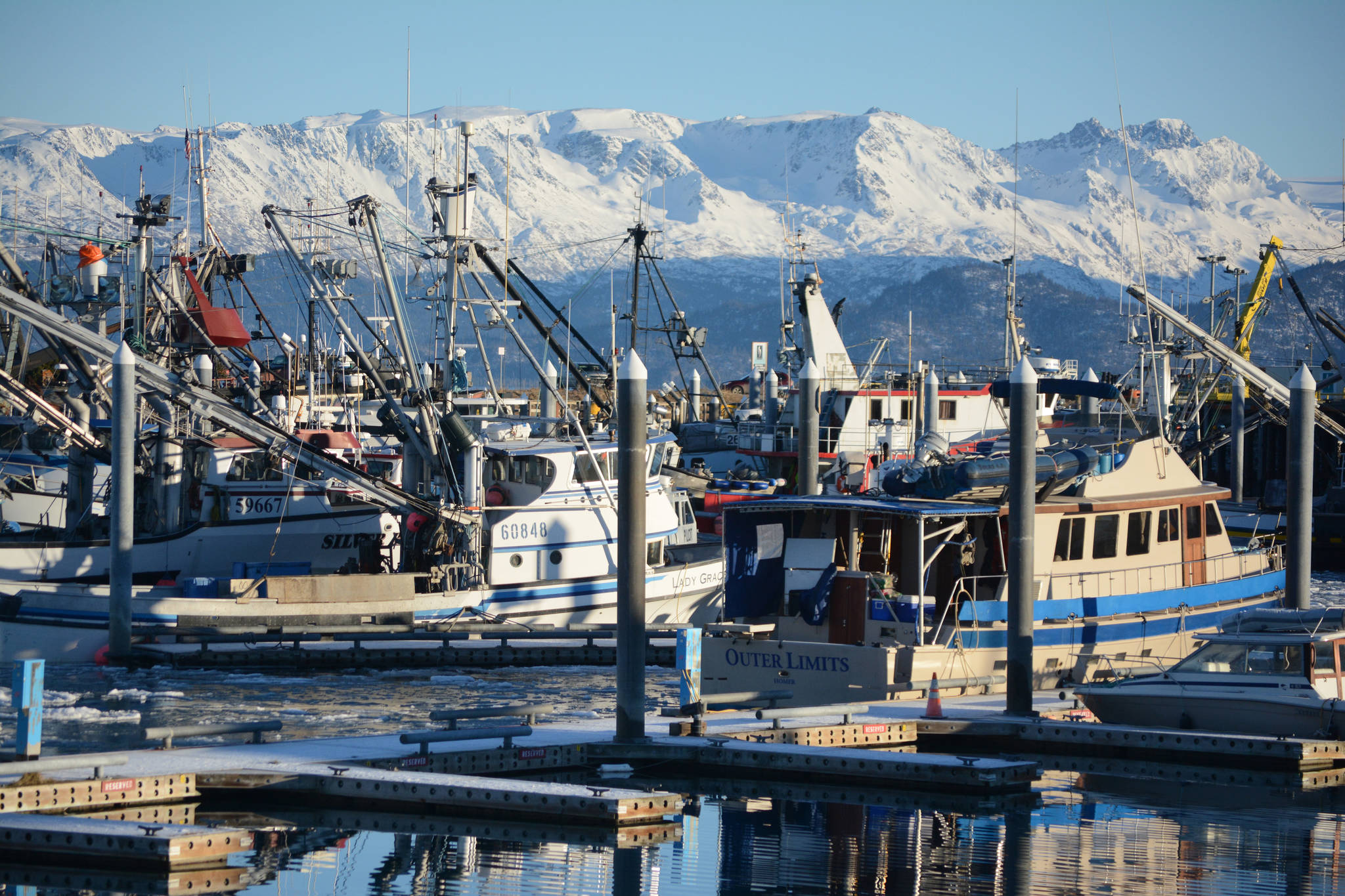Bering Sea crab fishermen have been coming to grips with a closure of the king crab fishery and the slashing of opilio and bairdi Tanner crab quotas for the upcoming season.
The fall harvest of king crab in the Bering Sea has been canceled, the opilio crab harvest, otherwise known as snow crab, has been cut by 88% and the bairdi Tanner crab quota has been cut by 53% from last season.
The bulk of the problem lies in the lack of females in the population of all three species, something that is tentatively blamed on warming waters in the Bering Sea, according to testimony at the North Pacific Fisheries Management Council last week.
The snow crab quota is slated to be the lowest in more than 40 years, with the 2021-2022 season looking at a catch limit of 5.6 million pounds, much less than the 12.4 million pounds recommended by the council.
The Alaska Department of Fish and Game sets the final limits regardless of council recommendations.
Information provided to the council indicated that reductions in ice cover over the winter in 2018 and 2019 resulted in the decrease of a cold pool on the bottom of the Bering Sea where young crab tend to congregate and find favorable conditions.
Researchers also indicated an increase of disease in the crab, possibly due to warming waters.
The scientists noted that snow crab appeared to have moved farther northwest, sometimes into Russian waters out of range of U.S. boats, and were moving into deeper waters, but said that there was evidence it was not just a migration out of the areas where population surveys are conducted — that there was also evidence of a population crash.
The lack of a cold water pool on the bottom where the young crab tend to live also makes them susceptible to predation by cod, who tend to avoid that area.
Boat owner and fisherman Ian Pitzman called it “unprecedented.”
“When we heard that king crab was going to be closed, obviously that’s a hit, but we’ve been there before,” he said. “What’s really shocking was opilio.”
He said that to go from a 45 million pound quota to just over 5 million pounds is hard to process.
He said from what he understands it’s not just the lack of females; there are just a lot fewer crabs.
“How do you explain something over that big of an area?” Pitzman asked.
He said the worst part is that there was no survey last year due to COVID-19, so there is no “vapor trail” to figure out where they went and what happened.
“Where did they all go?” he asked.
Pitzman said the 2019 survey showed a downturn, but not alarmingly so, and that there were some healthy cohorts in the biomass.
“They appear to have disappeared,” he said.
Cristy Fry can be reached at realist468@gmail.com



